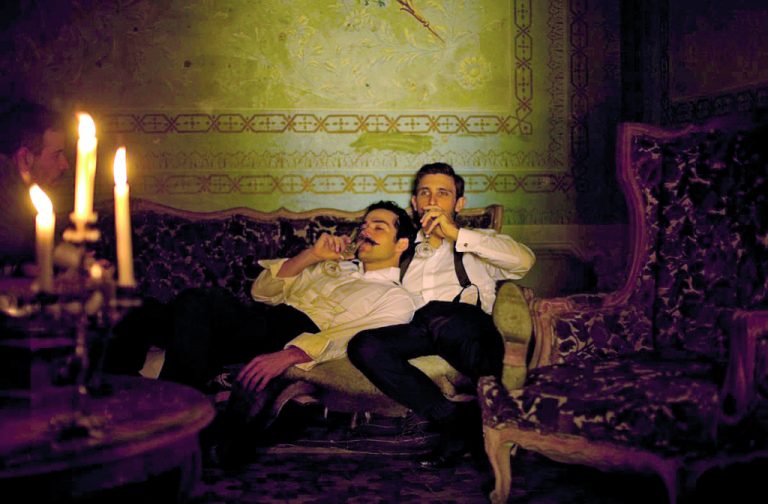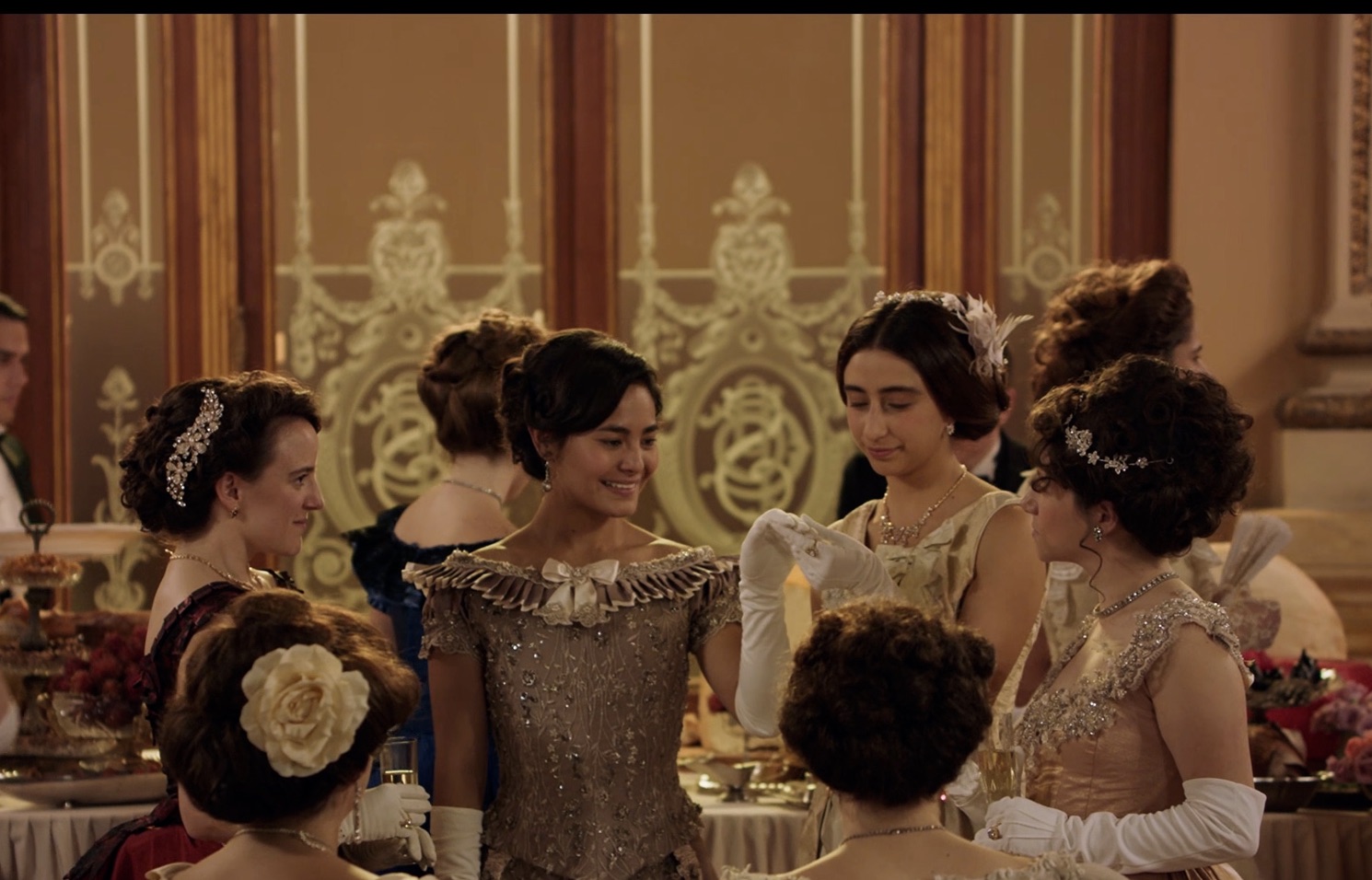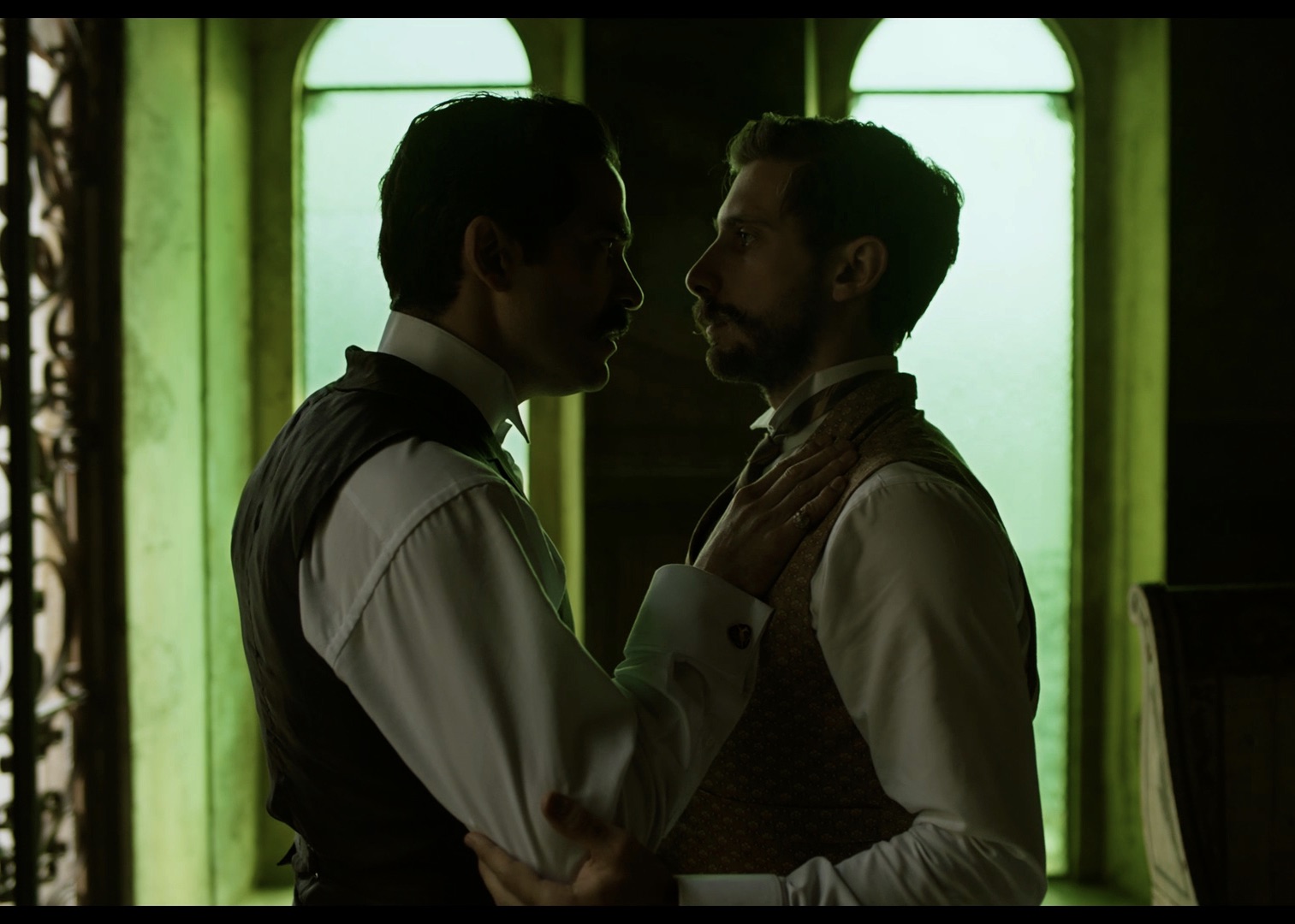
It may seem inappropriate for a white heterosexual woman to write about films that deal with black or latino culture and homosexuality.
But I have always believed that through empathy we may all make an attempt to identify with certain situations, following the “as if” technique. Konstantin Stanislavski, and later Lee Strasberg, taught the “Magic if” acting method, that is the ability to imagine oneself in a set of circumstances and envision the consequences. This is why I feel that actors should not be restricted in “playing” (the word says itself) only the roles that reflect their reality. Immersing yourself as a performer, as a writer, or as a simple human being in an existence that is different from your own, may actually trigger a deeper understanding of those who have a different background and lifestyle.
I personally have cried and cheered for homosexual romances being portrayed on the silver screen, because a love story is a love story, notwithstanding who the parties involved are. There are good stories and bad stories; and I will tell you why I think Dance of the 41, directed by Mexican filmmaker David Pablo, did not produce the emotional response I was hoping for.
El baile de los 41 (Dance of the 41) is based on the “Dance of the Forty-One,” which was a society scandal in early 20th century Mexico. The historical circumstance occurred on November 17th of 1901, in a private home in Mexico City, when an illegal police raid created a scandal because it was the site of a dance attended by a group of men, some dressed in women’s clothing. Despite the government tried to conceal the event, the press created a media circus at the time, because the participants belonged to the upper echelons of society. Amongst them there was the son-in-law of the incumbent President of Mexico, Porfirio Díaz.

The cinematic adaptation of the incident focuses on the very son-in-law, Ignacio de la Torre y Mier (Alfonso Herrera), a secretly gay congressman who marries the Mexican president’s daughter, Amada Díaz (Mabel Cadena), who eventually embarks on a secret love affair with a young man, Evaristo Rivas (Emiliano Zurita). The entire film, portrays the romance between the two men, and the way Ignacio tries to bear the presence of his wife, who in turn tries to win his attention. Subterfuges, love, jealousy, and stolen moments of the clandestine affair culminate in the famous “Ball of the Forty-One.”
The depiction of homosexuality in the Netflix film is portrayed as a flamboyant parade of transvestism, that occurs on a regular basis in a gentleman’s club, where its members enjoy listening to opera;wearing make-up, lavish gowns and jewels. However this aspect lacks the en travesti joie de vivre of The Adventures of Priscilla, Queen of the Desert (1994), with sequins, glitter and dramatic maquillage; and it seems as a very simplistic way of presenting homosexuality. The sex scenes are choreographed in great detail, but they only seem instrumental to reiterate the “gayness” of this social milieu. As regards the romance between Ignacio and Evaristo, it lacks the overpowering sentiment of films such as Brokeback Mountain (2005), Call Me By Your Name (2017), Maurice (1987) or A Single Man (2009).

But most importantly what the film neglects is how this real life circumstance had an impact on Mexican culture in years to come. This scandal marked the first time homosexuality was openly spoken about by the media in the country, to the extent that Mexican writer and activist Carlos Monsiváis referred to it as “the invention of homosexuality in Mexico.
”
Furthermore the group of 41 “maricones” (the pejorative term for an effeminate homosexual, that in English would be translated as “pansies”), became iconic: the numbers 41 and 42 were adopted as a Mexican colloquialism to refer to homosexuality. This circumstance not only created a media buzz, but it spread in literature, plays, paintings, television — it’s also mentioned in the historical telenovela El vuelo del águila. It really got the conversation going, firstly through depreciative derision, but eventually evolved to acceptance with the rise of the LGBT movement. This is why I would have liked to see what happened after the incident, and how El baile de los cuarenta y uno went on to shape Mexican contemporary culture, passing from a condemnation of homosexuality to its normalisation.
Final Grade: C-

